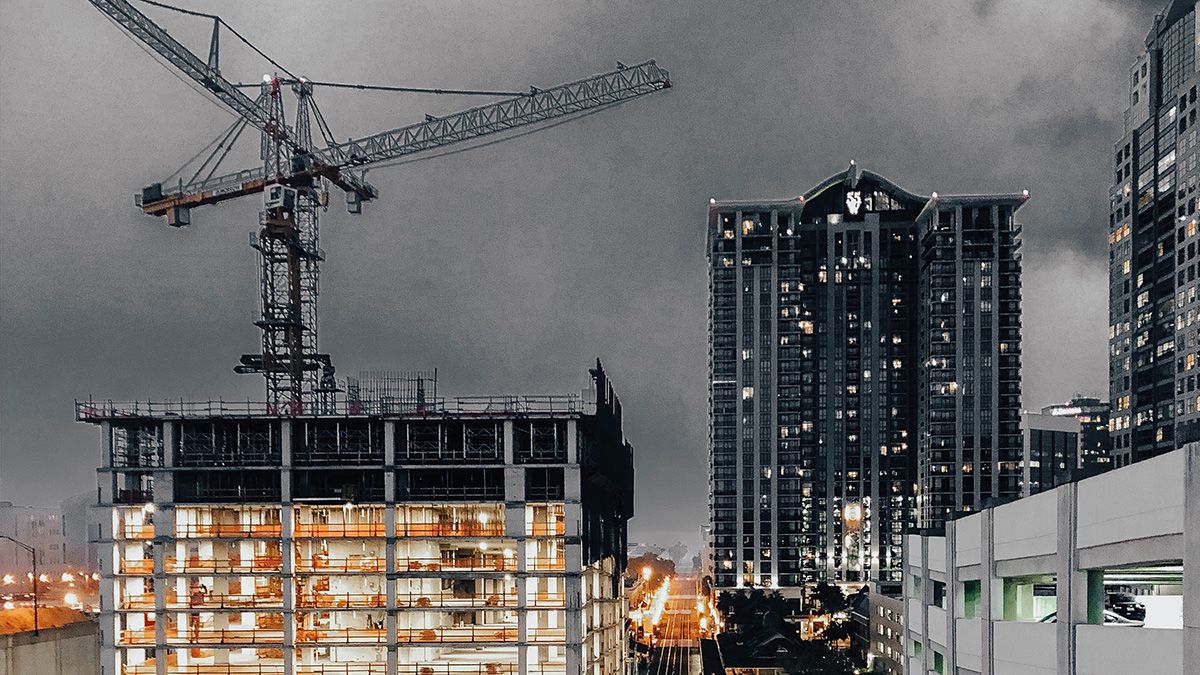
At the outset, I want to stipulate that it is important to protect worker health and safety. At the end of the day, the most important thing is to have everyone go home safe and sound. The Occupational Safety and Health Administration (“OSHA”) is an administrative agency charged with promoting the health and safety of workers across many industries. While I do not want to belittle OSHA’s mission, there is no question that government regulation can be detrimental to business, and it could be argued that OSHA is unnecessary.
Without question, there is not a single employer who wants anything to happen to its workers. While there might be an occasional employer who does not fully value its employees, even the most callous individual would recognize that employee injuries and/or deaths are detrimental to productivity and profits. Therefore, the last thing anyone wants is for there to be any accidents.
Notwithstanding the foregoing, OSHA is not going to be going way any time soon. Thus, if you are working in the construction industry, it is important to know your rights and to know how to handle both a routine inspection and/or an accident situation.
Connecticut is one of four states that has both federal and state OSHA. In Connecticut, State OSHA covers public sector workers, and Federal OSHA covers private sector workers. Connecticut OSHA was approved by the Federal Government, and Connecticut has adopted almost all Federal Government Regulations. Thus, the Connecticut and Federal OSHA requirements are very similar.
When making your preparations for the eventuality of OSHA showing up on your site, the importance of outside legal counsel cannot be understated. Attorneys are not typically hired until there is a citation or lawsuit, but, by then, a lot of things are cast in stone. For example, the investigation has been completed, the evidence has been collected, and statements have been given. In many ways, our hands are tied because the record has been established. Therefore, it is best to have counsel lined up beforehand so that we can help you make sure you have the best record possible. In addition, including outside counsel can be helpful because anything you create is discoverable, but your attorney’s work is protected by privilege. That may sound like gamesmanship, but OSHA does not play fair. OSHA will arrive without prior notice, and will want to start conducting its inspection as quickly as possible. However, you have a right to speak with OSHA before any inspection begins.
During an opening conference, you can negotiate the terms of the inspection. The Connecticut statutes state that information “shall be obtained with a minimum burden upon employers.” CGS 31-374. OSHA cannot unreasonably interrupt your business. OSHA must also have probable cause. While probable cause is a very low standard, it is always possible that there might be a mistake in the complaint. Therefore, it is important to review the complaint before letting OSHA conduct an inspection.
Once you allow OSHA to conduct an inspection, you will be liable for anything it finds, even if the original basis for the inspection turns out to have been invalid. If necessary, you can require OSHA to obtain a warrant. Given that OSHA has the power to impose fines and other sanctions, you want to be cooperative as possible. However, using the threat of making them obtain a warrant can strengthen your negotiation position in determining the scope of the inspection.
During an inspection, OSHA can run tests, take samples, take photos, collect evidence, and conduct interviews. OSHA can also require you to produce documents. Please be advised, however, that OSHA must issue a subpoena to conduct interviews and require document production. Requiring a subpoena is not as much as an obstacle to an OSHA investigation as requiring a warrant because OSHA may administratively issue its own subpoenas, but it has to go to a court to obtain a warrant. Nonetheless, requiring a subpoena still may slow down the process.
During the inspection process, OSHA may interview management level staff and lower level employees. However, there is a difference in how these interviews may be conducted. To put it simply, because management level staff speaks for the company, the employer’s counsel is entitled to be present for any such interview.
Once the inspection is underway, you are entitled to have your employee present at all time. You should never let OSHA go through your site unattended. During the inspection, you are entitled to duplicate OSHA’s tests and take your own photographs. The information you collect can be vitally important in appealing any citation issue or fine imposed.
If you should have any questions about preparing for an OSHA inspection or dealing with a citation, please give me a call.
Scott Orenstein
203-640-8825